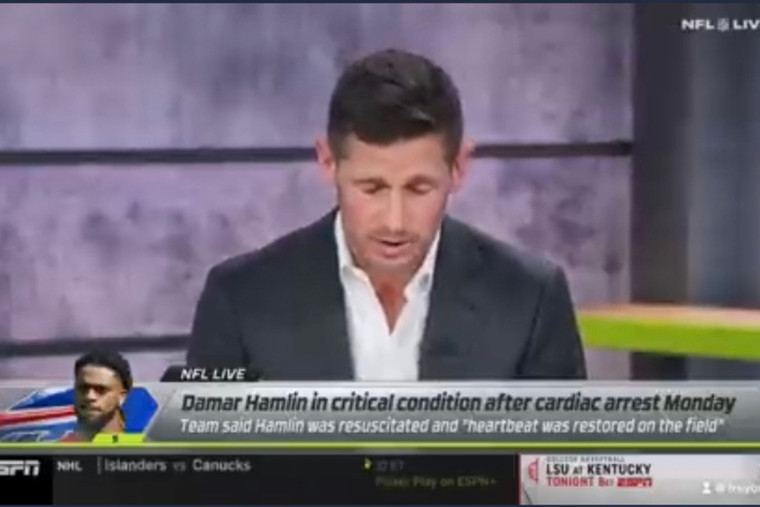We have seen another Friday the 13th come and go.
Well, I’m still your Weekend Plug-in columnist and I’m not at all superstitious about dates.
But I am totally shameless, so look for two of my own stories in today’s roundup of the best reads and top headlines in the world of faith. Let’s jump right in!
What To Know: The Big Story
Think hostility or prejudice toward Jews is fading in America? Think again.
“Classical fascist” anti-Semitic views are widespread in the U.S., according to a new survey by the Anti-Defamation League. Veteran religion writer Michelle Boorstein details the findings for The Washington Post.
At the same time, rising anti-Semitism in the U.S. is seeping into the workplace, according to Bloomberg’s Arianne Cohen.
“It’s not just high-profile incidents,” Cohen’s story notes. “Jewish workers say they’re experiencing more overt discrimination.”
Hostage anniversary: Sunday marks one year since the FBI gunned down a pistol-wielding captor at Congregation Beth Israel in Colleyville, Texas.
“Let’s be blunt: We’re healing. We’re not healed,” Jeff Cohen — who was taken hostage along with Rabbi Charlie Cytron-Walker and two others — told me in an interview for The Associated Press.
More: The Washington Times’ Mark A. Kellner — a former GetReligion team member — delves deeper into the Colleyville anniversary, while The Washington Post’s Danielle Paquette profiles a Chicago street artist who painted a mural of Kanye West — and then heard from a rabbi.
Power Up: The Week’s Best Reads
1. Controversial prayers: A sacred Jerusalem site has become a flashpoint with Israel’s rightward shift, The Wall Street Journal’s Shayndi Raice and Aaron Boxerman report.
Jewish activists are “gaining more support for praying at the Temple Mount, called the Noble Sanctuary by Muslims, who have controlled the site for centuries,” according to the Journal.










